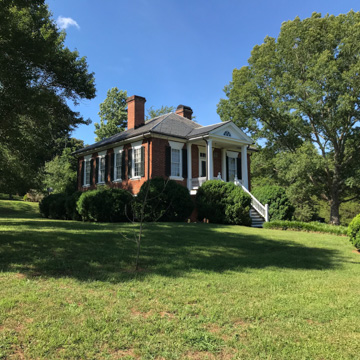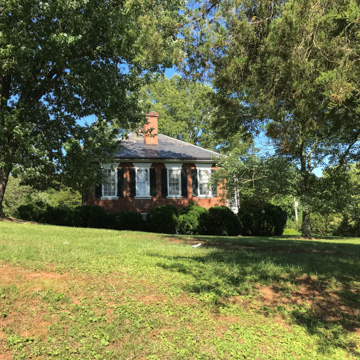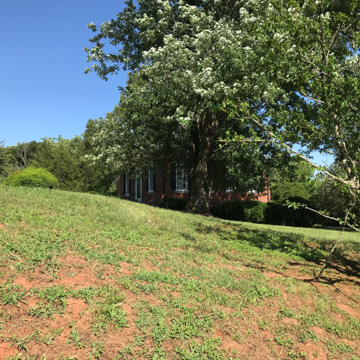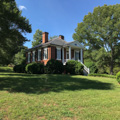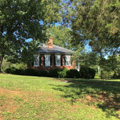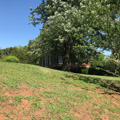A particularly well-preserved example of small-scale domestic architecture in the Jeffersonian manner, this single-story house, elevated on a high basement, is reminiscent of the central cores of the Palladian villas that Jefferson admired. Although the red brick and pedimented wood portico with a tympanum lunette are characteristic of Jefferson's work, there is no evidence of his direct involvement in the design. A former Jefferson workman, James Walker, built the house for his brother, William. Like many of Palladio's patrons, William Walker was a prominent merchant. The elegant house suited his position in the small village, which was a trading port on the James River. Modifications, added later in the nineteenth century, have been removed. The small brick service wing on the east is a twentieth-century addition.
You are here
William Walker House
If SAH Archipedia has been useful to you, please consider supporting it.
SAH Archipedia tells the story of the United States through its buildings, landscapes, and cities. This freely available resource empowers the public with authoritative knowledge that deepens their understanding and appreciation of the built environment. But the Society of Architectural Historians, which created SAH Archipedia with University of Virginia Press, needs your support to maintain the high-caliber research, writing, photography, cartography, editing, design, and programming that make SAH Archipedia a trusted online resource available to all who value the history of place, heritage tourism, and learning.

